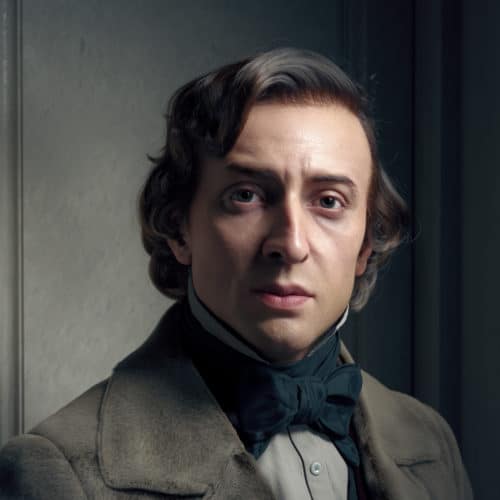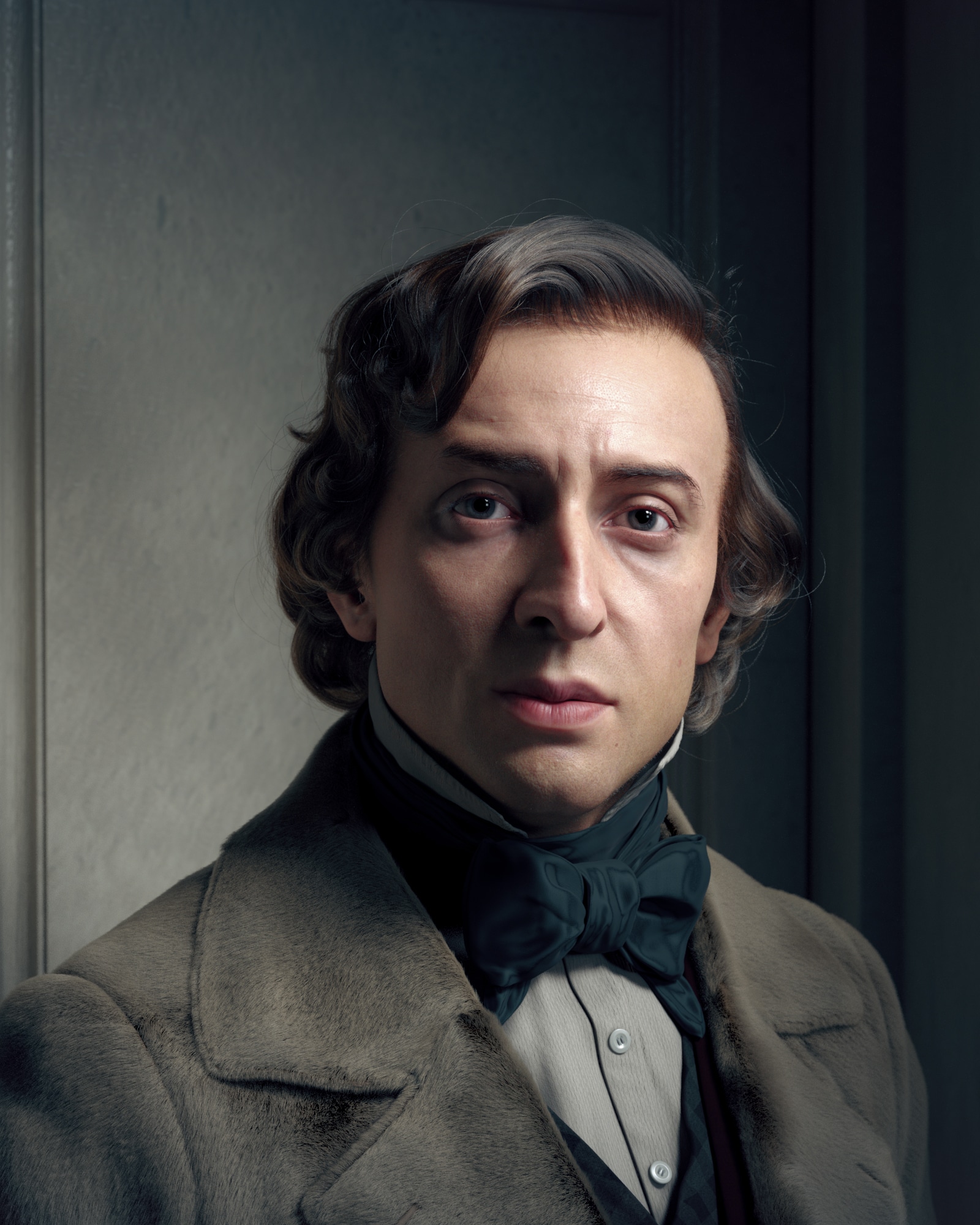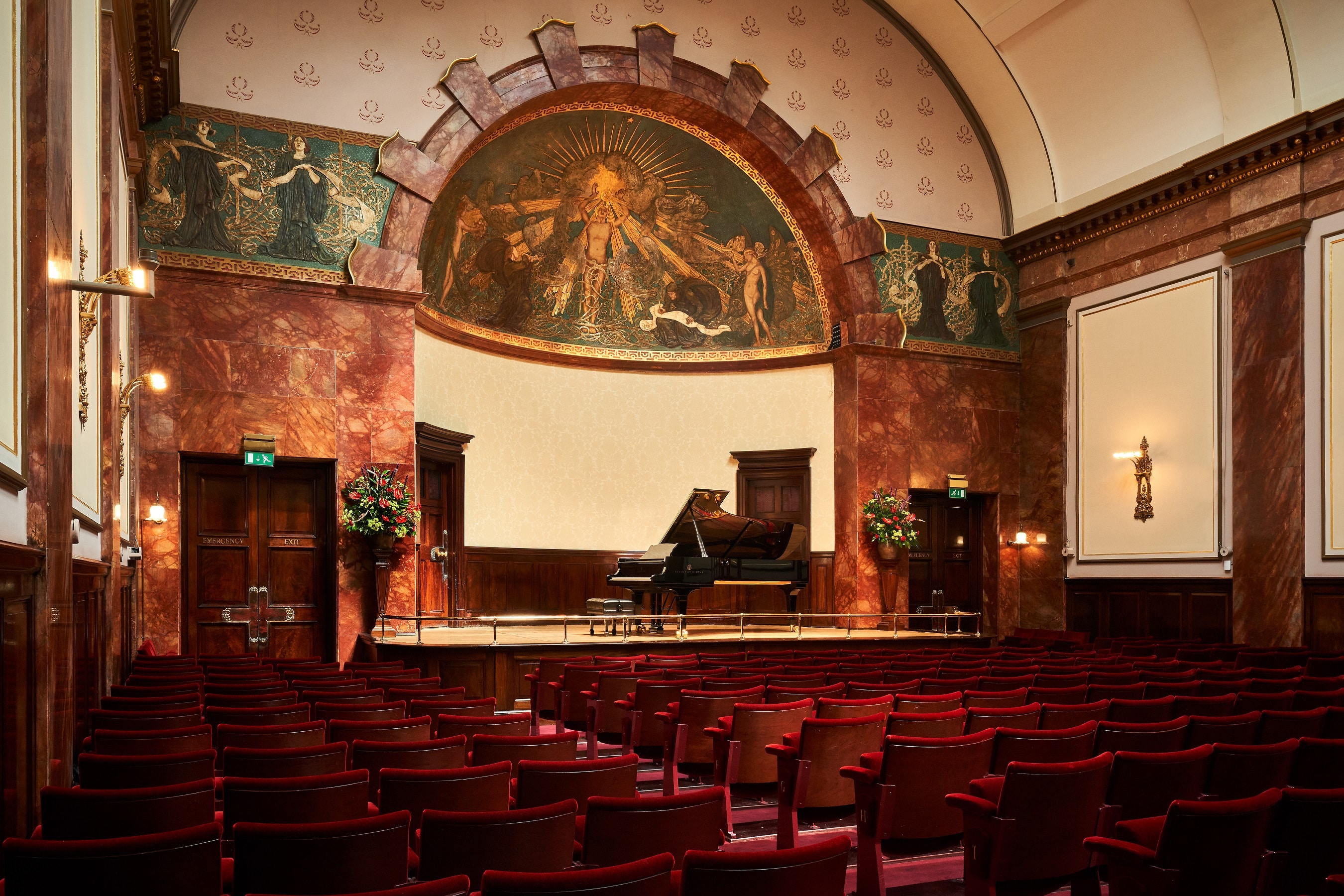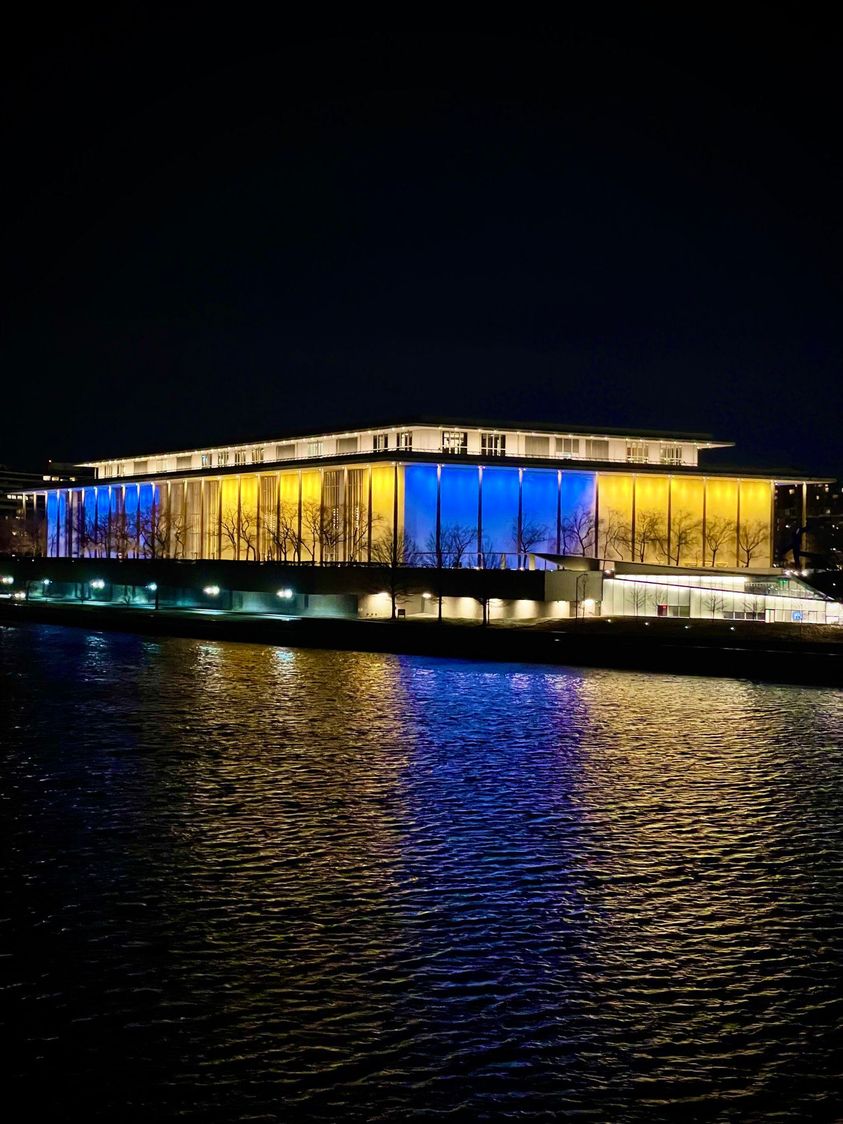Chopin as never seen before
mainHadi Karimi – a 3D artist and musician – has been devoting his Covid nights to bringing Chopin back to life.
Look at this.

And this.

There’s more here.
And here’s how it’s done, constucted from the composer’s death mask.
All I’m able to discover about Hadi Karimi is that he’s Iranian, apparently based in Teheran.


 Nocturne op.9 No.2 #FredericChopin #zbrush #maya #xgen #autodeskmaya #wacom #photorealism #realism #digitalportrait #3dsculpt #3dsculpting #cg #cgi #cgart #3dart #artstationhq #3dtotal #cgsociety #xuxoe #howiseedatworld #artselect #artdiscovered #instaart #arts_gate #artistsofinstagram #hairgrooming #motionprocess #Chopin
Nocturne op.9 No.2 #FredericChopin #zbrush #maya #xgen #autodeskmaya #wacom #photorealism #realism #digitalportrait #3dsculpt #3dsculpting #cg #cgi #cgart #3dart #artstationhq #3dtotal #cgsociety #xuxoe #howiseedatworld #artselect #artdiscovered #instaart #arts_gate #artistsofinstagram #hairgrooming #motionprocess #Chopin



Comments